Old Prussian Hags of Northern Pomerania
These rare statues are one of the few remaining material witnesses to Old Prussian culture.
Nearly every ancient culture has produced stone images and reliefs. From the obelisks and sphinxes of Ancient Egypt to the Moai of Easter Island, from the Olmec colossal heads of Central America to Mount Rushmore, humans have always had an innate desire to carve images and edifices into slabs of quarried rock.
Such was the case in the pagan lands of ancient Pomerania and Warmia, now part of Northern Poland. The ancient people that inhabited the area for millennia—a mix of the Baltic tribes, slavic clans and nordic settlers—formed a loose civilization of villages and societies referred to in modern times as the “Old Prussians.” Unfortunately, these various tribes and chiefdoms that dominated the area were annihilated by the Teutonic Knights in the 1200s and now little remains of their oral, written, and social history.
Of the few remaining material witnesses to the people of the Old Prussian culture are 21 stone statues scattered across the region and in international museums. Despite being depictions of men, the statues are referred to locally as Stara Baba Pruska or “Old Prussian Hags.”
These rare statues range in height up to two meters tall and are roughly carved from granite or sandstone rock. They feature either a warrior with a horn (a ritual drinking vessel) in one hand and a sword in the other or, presumably, a religious figure with arms crossed over the chest in a self embrace. Some include details like a belt, necklace, quiver, or shield.
The statues hail from two regions in the area: Bartoszyce, in the north east of Poland near the border with Kalingrad, and Iława, in the northern central part of the country just south of Gdańsk.
Archeologists still debate the significance of the stones, whether they were originally depictions of Old Prussian Gods, local warriors, or tombstones for tribal leaders. Another hypothesis is of a purely pagan origin: in Old Prussian folklore, figures of this type are often associated with people who were magically turned into stone for various offenses and several are attributed to local legends. Still, some scholars believe the stones to be boundary markers for local communities.
It’s also unknown when the surviving statues were carved but most believe that they are from the early Middle Ages—ones not destroyed by the Teutonic invaders upon their initial “conversion” of the locals to the Catholic faith.
The 21 statues have been recorded by sources dating back to the 1700s, but it was not until over a hundred years later that they began to be gathered up and placed into museums and put out for viewing and scholarly research. Several remain within the northern part of Poland: two in the city square of Bartoszyce, another two in the Museum of Warmia and Mazury in Olsztyn, one in the town hall courtyard in Toruń, and another embedded in the wall of a church in Prątnicy.
The largest collection of these stone statues in one place, however, is located outside the Gdańsk Archeological Museum and features four of the “hags” from the area on permanent outdoor display. As with most of these figures, names have been attributed to them such as “The Monk” and “The Blasphemer of Mózgowo” but it’s unlikely their true names and purposes will ever be known.
Know Before You Go
It's easy to miss the stone figures walking along the beautiful river walk but they reside in a small grassy area on the back side of the archeological museum.

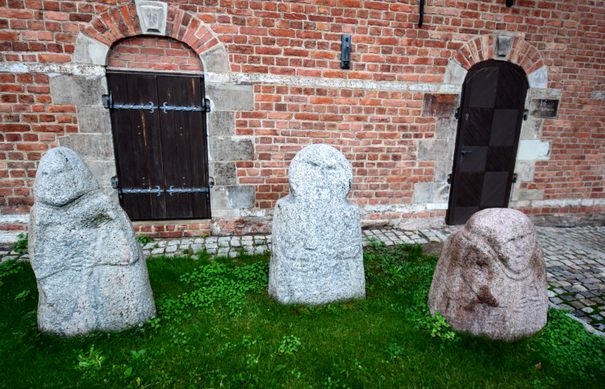
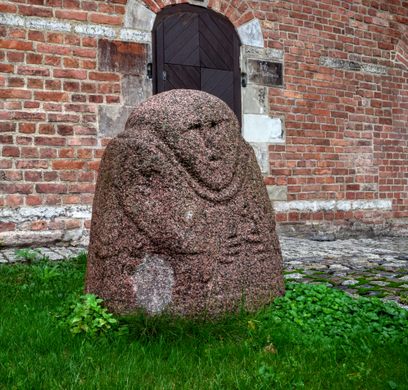
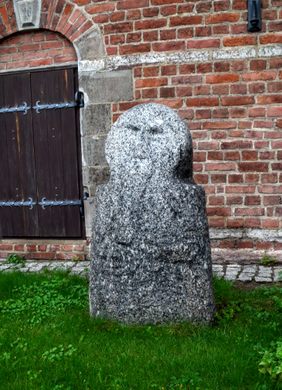
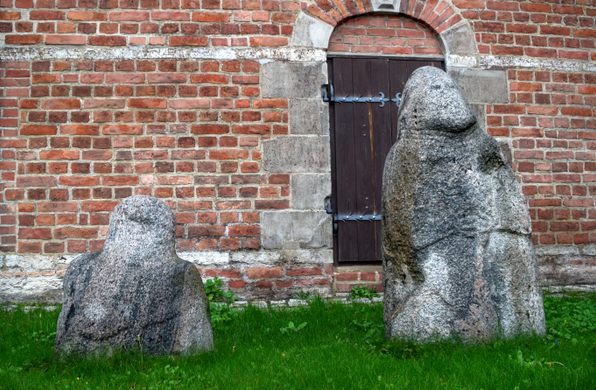
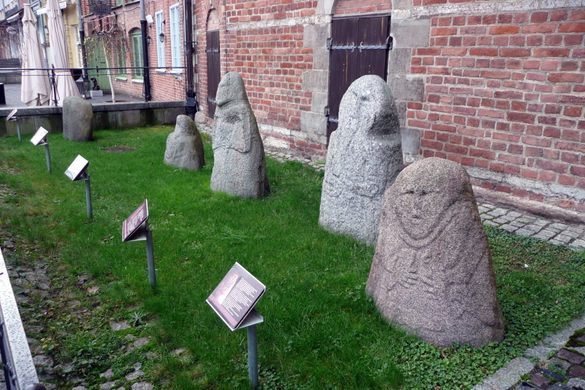








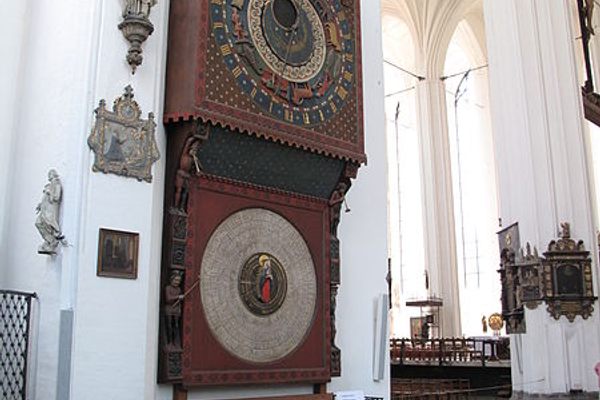
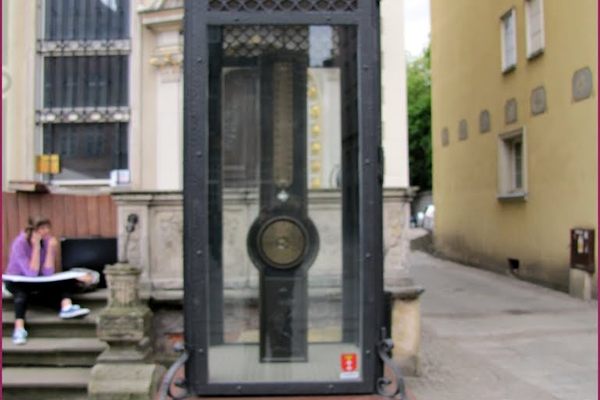
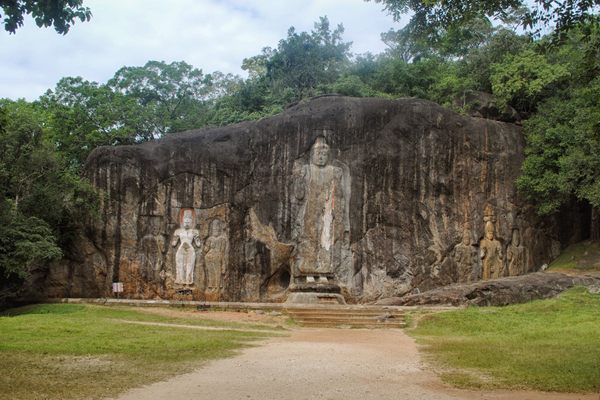

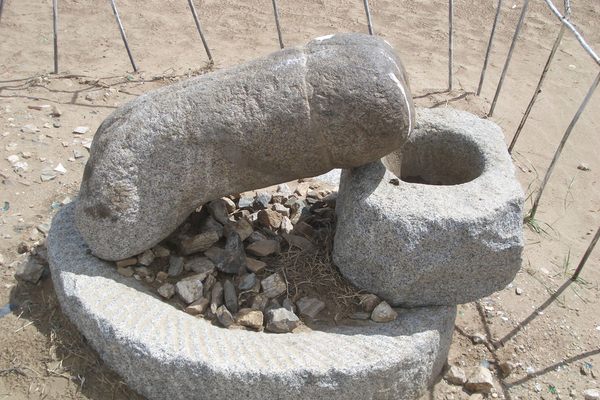
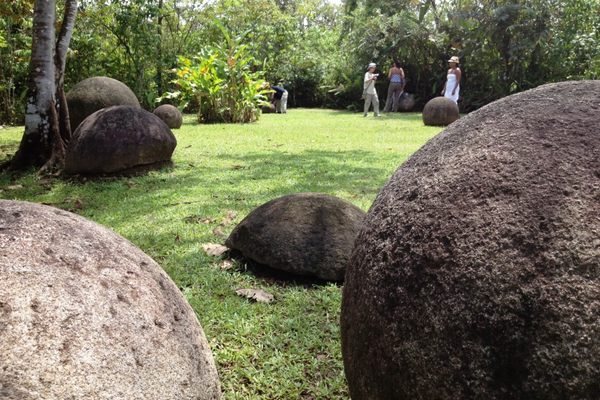

Follow us on Twitter to get the latest on the world's hidden wonders.
Like us on Facebook to get the latest on the world's hidden wonders.
Follow us on Twitter Like us on Facebook